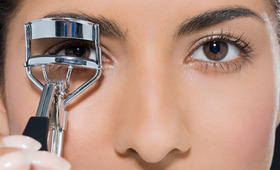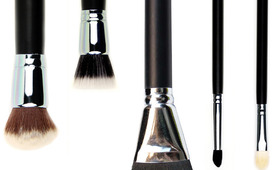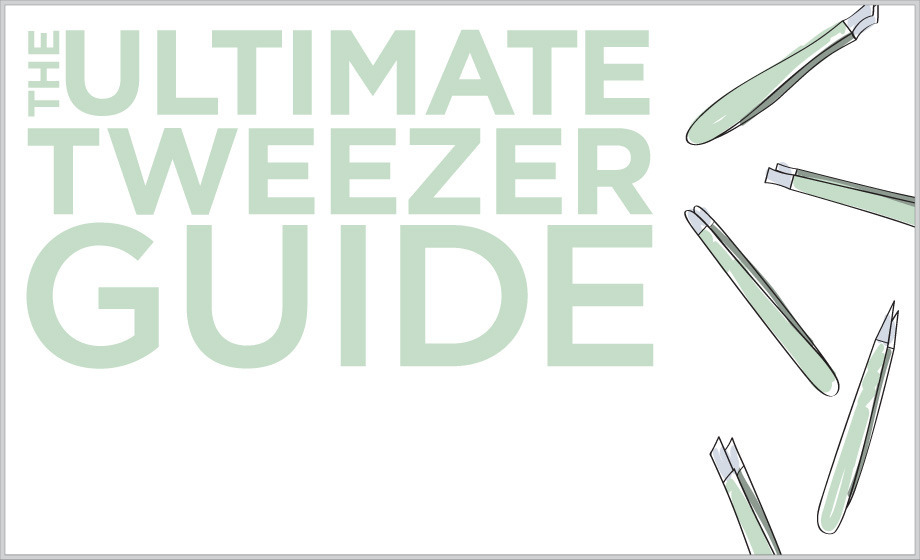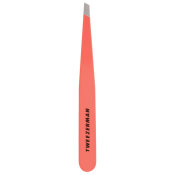This article was originally published April 2012.
Featured Products
You Might Also Like
-

Makeup
Makeup Artist Must Haves
- 445
-

Makeup Tools
Eyelash Curlers: Pro Tips On Shopping For The Perfect Tool
- 920
-

Tips & Tricks
5 Makeup Brushes That Make Application Easier
- 2620
-

From the Shop
Use This Product, And Your Makeup Brushes Will Thank You
- 638
-

Brows
Keep Your Brows in Shape With This Easy Maintenance Routine
-

Nails
The Best Shoe and Pedicure Combinations
- 90

















